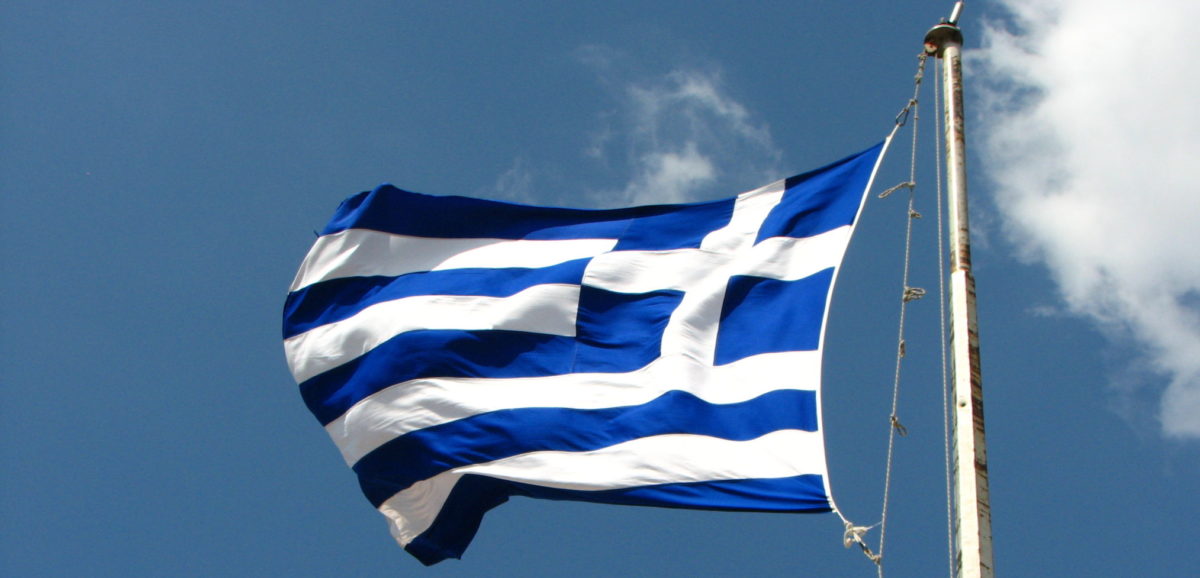According to a recent report by Greek electricity market operator LAGIE, Greece added an impressive 1,047 MW of new solar photovoltaic systems in 2013. Of these, 972 MW were ground-mounted systems and 75 MW were roof installations.
However, preliminary LAGIE data published on Wednesday indicates the country added only 3 MW of new solar PV in January 2014. While this data does not include autonomous electricity grids on Greeces islands and may therefore increase slightly, a stark contrast with January 2013 when Greece had added 300 MW of new solar PV is inevitable.
PV is now the most widespread renewable power technology in Greece, accounting for a staggering 2,586 MW of installed solar capacity at the end of January. Wind power comes in second, reaching 1,828 MW of installed cumulative capacity.
Greece's photovoltaic growth last year came in somewhat irregular installments, with 797 MW of new capacity installed in the first quarter alone. An additional 158 MW, 36 MW and 56 MW were added in the second, third and fourth quarters, respectively. Considering this years installations in January, Greece's PV market is apparently slowing down.
Solar market: declining or dying?
The solar market's decline is partly due to Greece's last years of draconian measures, including feed-in-tariff cuts and the imposition of a retroactive levy. The main reason though lies in the deficit of LAGIE's Renewable Energy Sources (RES) fund used to pay renewable energy producers in Greece. According to the most recent data published by LAGIE, the deficit reached 549.83 million ($755.56 million) at the end of December, up from 340.69 million at the end of December 2012.
LAGIE theoretically should pay renewable power producers in monthly installments. In practice, however, renewable power producers in Greece started receiving the LAGIE payment for the month of June this month, after an eight month delay. The Greek Ministry of Environment, Energy and Climate Change (YPEKA) promised RES producers that their monthly LAGIE payments covering the period through the end of August 2013 would be paid by the end of March 2014.
YPEKA had hoped that imposing a tough retroactive levy would bring enough cash to gap LAGIE's enormous deficit. It did approve a number of other measures too, including the increase in the fee electricity consumers pay to support RES projects and the suspension of the approval process for photovoltaic systems, which is now extended until the end of 2014. This last decision means no new applications for producer licenses and connection requests will be accepted and no pending applications will be processed until January next year.
However, despite the measures, LAGIE's deficit continues to escalate dangerously, and YPEKA has promised Greece's international lenders — the European Union, the European Central Bank and the International Monetary Fund, commonly known as the troika — that the country will eliminate LAGIE's deficit by the end of 2014.
‘New deal' to be announced
Under pressure from the troika and realizing the recent measures will not solve LAGIE's deficit problem permanently, YPEKA has said for the past year that it is preparing a new set of measures that will offer a long-term solution. This package of measures, the so-called “new deal,” will oblige operating photovoltaic projects to accept feed-in tariff cuts in exchange of extending the producers' bank loans duration and reducing their loans rates.
The announcement of the new deal has been heavily delayed though and Greek media report that this is because Greek banks have raised objections. YPEKA Deputy Minister Asimakis Papageorgiou said last week that after a long and active collaboration with the banks, YPEKA is ready to announce the deal, which will offer a solution to LAGIE's deficit at least until 2020. Although the measures were expected to be unveiled on Monday, pv magazine has learned that YPEKA will likely delay the announcement for a few more days while they discuss the terms with EU Commission representatives.
The ministry wants to pass the new measures before the end of February. In a conflicting development, Greeces Regulatory Authority for Energy (RAE) has said it will increase the fee electricity consumers pay to support RES projects by up to 157%, starting March 1. YPEKA is looking to avoid such a development, which will further hurt cash-strapped electricity consumers.
The new deal measures are expected to apply on all RES sectors, although the PV sector is likely to see the highest cuts. It is expected that solar PV producers will be asked to accept minimum feed-in-tariff cuts of 25% for their operational assets, although the specific details of each project (e.g. building cost, time of development and loan conditions) will also be considered separately.
This content is protected by copyright and may not be reused. If you want to cooperate with us and would like to reuse some of our content, please contact: editors@pv-magazine.com.


By submitting this form you agree to pv magazine using your data for the purposes of publishing your comment.
Your personal data will only be disclosed or otherwise transmitted to third parties for the purposes of spam filtering or if this is necessary for technical maintenance of the website. Any other transfer to third parties will not take place unless this is justified on the basis of applicable data protection regulations or if pv magazine is legally obliged to do so.
You may revoke this consent at any time with effect for the future, in which case your personal data will be deleted immediately. Otherwise, your data will be deleted if pv magazine has processed your request or the purpose of data storage is fulfilled.
Further information on data privacy can be found in our Data Protection Policy.